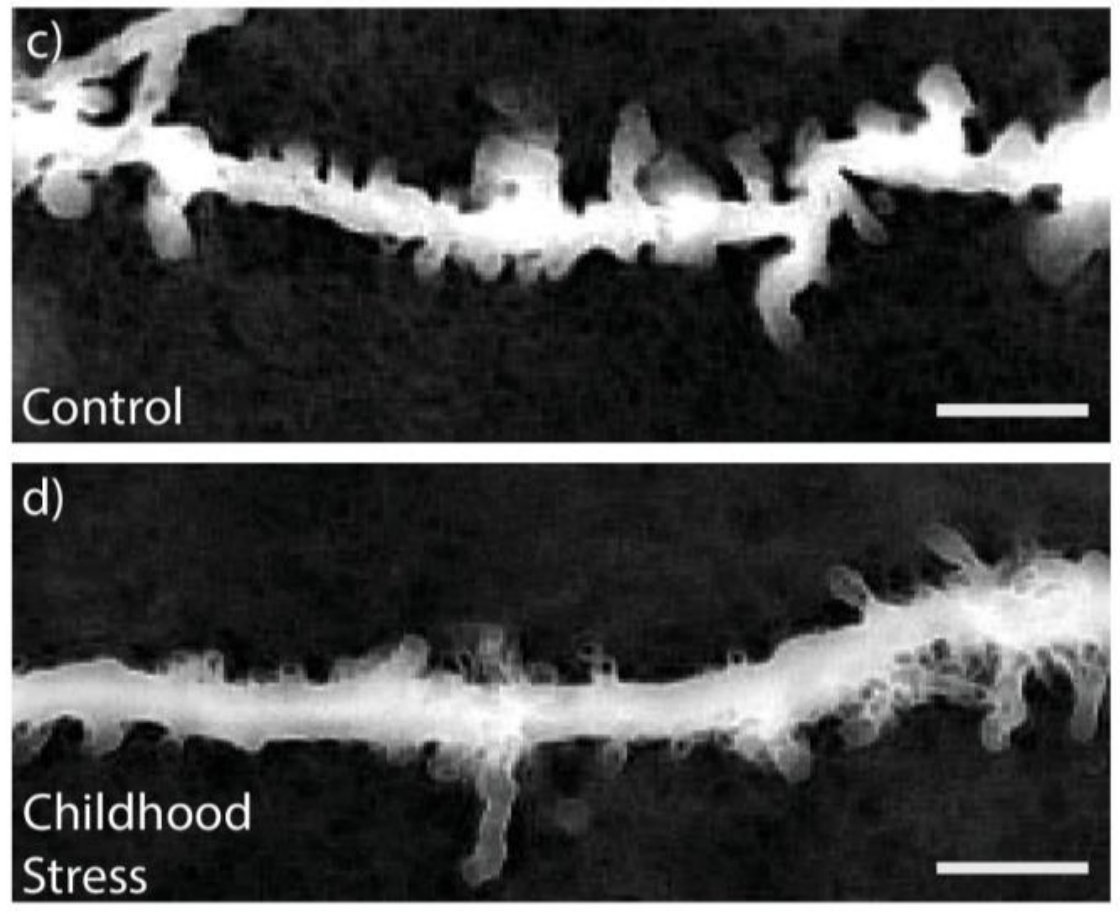The FIRST data  https://abs.twimg.com/emoji/v2/... draggable="false" alt="🥳" title="Partying face" aria-label="Emoji: Partying face">
https://abs.twimg.com/emoji/v2/... draggable="false" alt="🥳" title="Partying face" aria-label="Emoji: Partying face"> https://abs.twimg.com/emoji/v2/... draggable="false" alt="🥳" title="Partying face" aria-label="Emoji: Partying face">
https://abs.twimg.com/emoji/v2/... draggable="false" alt="🥳" title="Partying face" aria-label="Emoji: Partying face"> https://abs.twimg.com/emoji/v2/... draggable="false" alt="🥳" title="Partying face" aria-label="Emoji: Partying face"> from the Matosin lab, led by @domkaul, is now available on bioRvix!
https://abs.twimg.com/emoji/v2/... draggable="false" alt="🥳" title="Partying face" aria-label="Emoji: Partying face"> from the Matosin lab, led by @domkaul, is now available on bioRvix!
Hold on tight, its time for a wild gif thread ride about the #brain #stress #neuroscience #psychiatry #mentalillness
Hold on tight, its time for a wild gif thread ride about the #brain #stress #neuroscience #psychiatry #mentalillness
We found that severe stress, in childhood or adulthood, persistently affects the fine morphological properties of neurons in the human cortex of ppl with mental illness - and this is exacerbated after childhood vs adult stress
https://www.biorxiv.org/content/10.1101/2020.08.31.276386v1
Let">https://www.biorxiv.org/content/1... me tell you more
https://www.biorxiv.org/content/10.1101/2020.08.31.276386v1
Let">https://www.biorxiv.org/content/1... me tell you more
It all started in Sydney at the NSW Brain Tissue Resource Centre. We went through extensive (!) medical histories of 100+ people who lived with a mental illness who donated their brains to research, to pull out evidence stressful events that had occurred in their lives
We then classified the people who had severe stress exposures into those who experienced them in childhood or adulthood. We felt this was important because we don& #39;t know much about the temporal effects of stress on the human brain - and the effects are likely different
The brain bank gave us samples from the orbitofrontal cortex. The piece of your brain that sits above your eye sockets (aka the orbits). This brain area is important for processing the stress response and emotions like fear + anxiety
(picture not anatomically correct)
(picture not anatomically correct)
We performed Golgi Cox staining and manually measured the morphology and density of over 22,000 dendritic spines on layer-specific pyramidal neuron apical dendrites.
You heard me. Manually. Measured. 22,000. Structures https://abs.twimg.com/emoji/v2/... draggable="false" alt="🤯" title="Explodierender Kopf" aria-label="Emoji: Explodierender Kopf">
https://abs.twimg.com/emoji/v2/... draggable="false" alt="🤯" title="Explodierender Kopf" aria-label="Emoji: Explodierender Kopf">
You heard me. Manually. Measured. 22,000. Structures
We also measured glucocorticoid receptor mRNA and protein, the main cortisol stress hormone receptor, as a marker of stress dysregulation.
Both childhood and adulthood stress were associated with *striking* reductions in mature [mushroom] spine density (up to 56%!!! loss). But it was childhood stress that caused the most substantial reductions to both total and mature spines
Here& #39;s a picture demonstrating the spine changes. Top, control, bottom, childhood stress. These spine changes also correlated with the levels of glucocortioid receptor mRNA and protein.
Now friends, we found these childhood stress effects in people who died as adults... suggesting that the effects of stress on the dendritic spines of pyramidal cells from childhood persist over the life course
Dendritic spines are 1-10μm protrusions from neuronal dendrites (brain cell fingers). They are sites of several essential postsynaptic proteins and neurotransmitter/ hormone receptors. So if these guys are disrupted, we have big problems for cellular connections and signalling
This means that reduced spines in the OFC *could* be involved in impaired emotional regulation and anxiety associated with psychiatric disorders. And maybe these structural changes in childhood are setting people on a trajectory to develop mental illness later in life
Huge thanks to @domkaul for spearheading the project, and all our awesome collaborators ping @Binder_Lab and @NMechawar. Also thanks to the Rebecca L Cooper Medical Research Foundation for funding this beauty.
Now time to celebrate
Now time to celebrate

 Read on Twitter
Read on Twitter


